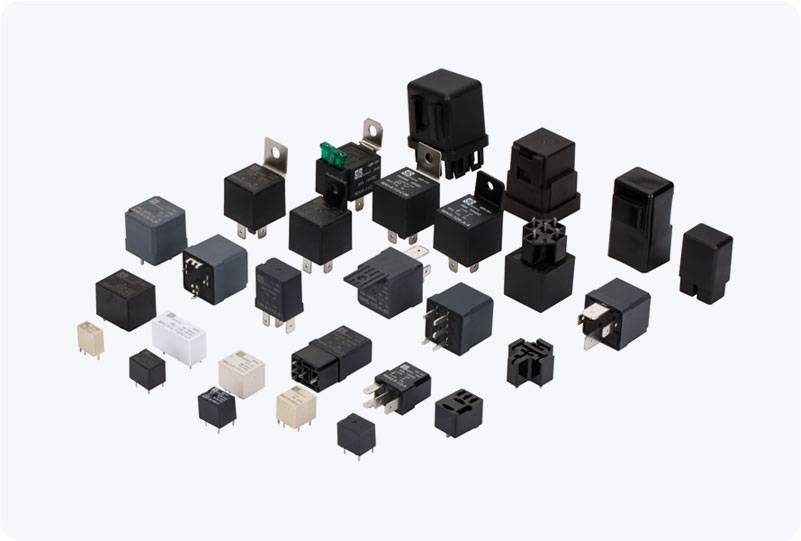In modern vehicles, electrical systems are the backbone of various essential functions, ranging from powering lights to controlling engine components. Among the key components in an automobile’s electrical system is the relay, particularly the 12V automotive relay. This small yet critical device plays a significant role in ensuring the proper functioning of various electrical systems in your vehicle. In this article, we will explore the function, types, and importance of the 12V automotive relay in the context of automotive electrical systems.

What is a 12V Automotive Relay? A 12V automotive relay is an electromagnetic switch used to control high-current electrical circuits using a low-current signal. It consists of a coil that, when energized by a 12V power supply, creates a magnetic field that causes a set of contacts to either open or close. These relays are designed to work with a 12V direct current (DC) power system, which is the standard voltage used in most modern vehicles. Relays are crucial for controlling high-power components like the starter motor, air conditioning systems, headlights, and other electrical devices that require more power than a simple switch can handle. By using a relay, a small electrical signal can control a much larger current, preventing the need for bulky switches and offering more flexibility in vehicle wiring.